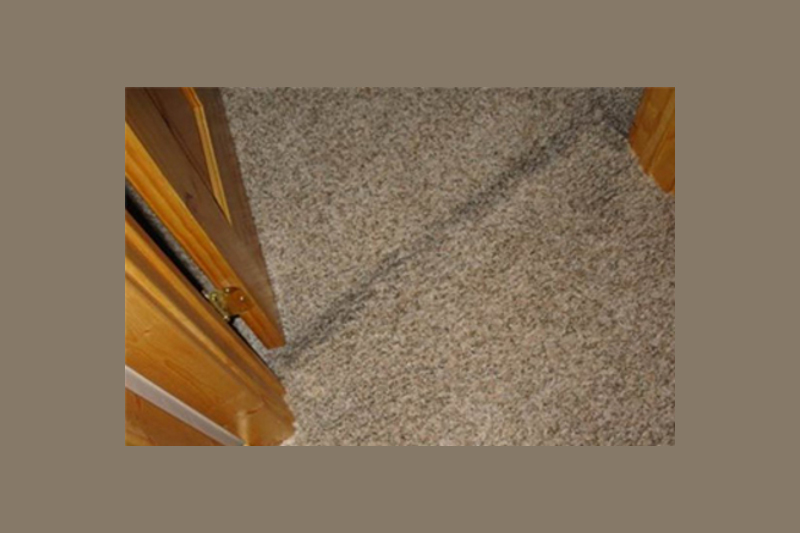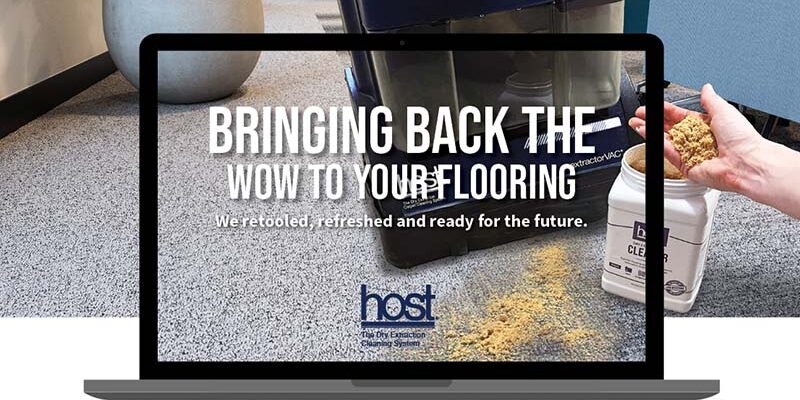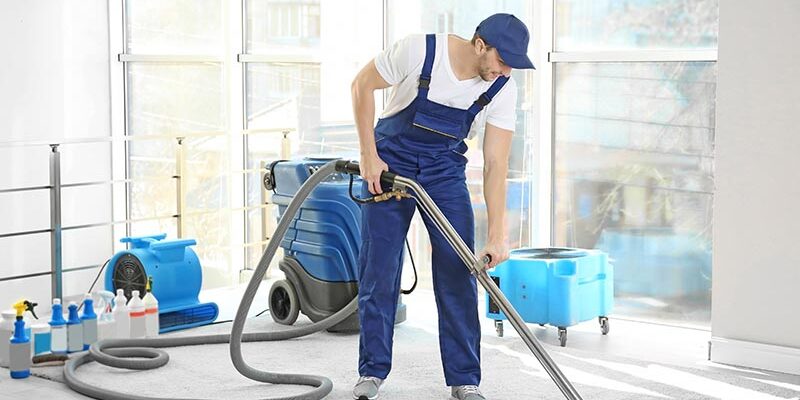Filtration soil and carpet cleaning

Found in many homes and some commercial settings — mainly in colder climates — filtration soiling is tough to remove and takes time to do so properly.
Nearly all on-location cleaners charge more for this type of service.
Filtration lines (soiling) are those dark lines or bands of soils that you find along walls, under doors that are kept closed for a length of time, under the skirting of furniture, and more.
Their makeup is oily and the molecules of the soils are so small that cleaning them or removing them from fibers is difficult.
In addition, they have an electrical charge that bonds them firmly to the fiber.
How they form
Filtration lines occur no matter the type of home, business or facility.
What matters: Indoor air quality and the construction. As everyone knows, warm air moves up, and as it cools, drops back down.
Something that not everyone knows is that warm air also likes cool surfaces.
This means that as air is warmed, typically while the furnace runs, the air, full of pollutants, goes up and then searches out cooler surfaces, such as an outside wall or another room.
As the air moves toward the cooler area, it will push its way through carpeted surfaces (under doors, etc.) and “clean itself.”
Just as carpet is a filter, it is much more so when air moves from one room to another, or when air moves under furniture, etc.
What is left behind is a buildup of oily soils that are very difficult to remove.
As more time passes, more soils build up and soon you have a tremendous cleaning challenge.
Challenges
Probably the biggest challenge to removing soil filtration lines is where they are on the carpet.
Although about one-third of soil filtration lines are under doors kept closed most of the time, the other two-thirds are in areas very difficult to work on.
If your customer or client has a room that is seldom used, and the door is kept closed, the air that goes into or out of that room moves under the door — which means that the pollutants in the air are trapped in the carpet under the door.
What to do?
As with any cleaning challenge, you should attempt cleaning a dirty area with your normal cleaning protocol.
With filtration soils, it’s the same thing. Precondition a small area of filtration soils, work into the pile, and rinse.
Most likely, you will see little to moderate improvement.
This means you need to get aggressive with your cleaning procedure.
To prepare for successful cleaning of filtration soiling, gather a moderate to stiff agitation brush or scraper (remembering that tamping is always the safest way to agitate fibers), a gel solvent, and a strong oxygen cleaner (either powdered or liquid).
You need agitation
The key to removing filtration soiling is agitation. Even the strongest chemical won’t do the job by itself.
Many carpet cleaners have attempted soil filtration removal by applying the correct chemistry and “scrubbing” the chemistry into the carpet.
Those carpet cleaners have found that they damaged the baseboards, walls or other surfaces at the same time.
Many filtration soils are along walls that go up or down a set of staircase, or along the baseboards of walls.
Imagine the difficulty of attempting proper agitation against walls that you do not want to harm.
There are many good chemical formulations for soil filtration removal. Check with your supplier for the best ones for you.
Use some expertise
Here are some additional steps you can take, after regular extraction techniques fail.
- With a flip-top bottle, apply a gel solvent to the filtration lines (the use of a gel solvent is safer as it doesn’t have a high risk of creating delamination).
- To protect the wall or baseboard, use a “shim” of some kind — this can be a piece of wood, plastic or cardboard that will protect the wall or baseboard.
- Work the solution with as much agitation you can use with the particular fiber you are cleaning (a bone or plastic spatula or small brush works fine).
- Before rinsing, apply a strong solution of hydrogen peroxide, always remembering that natural fibers need special care (for synthetic fibers, accelerate the peroxide solution with a few drops of ammonia).
- Agitate the chemicals on the fiber and let them mix and dwell for several minutes.
- Rinse, but keep the shim close to the wall or baseboard, in order to avoid harming the wall or baseboard.
- Repeat as necessary, allowing the peroxide solution more time for a better chemical reaction.












